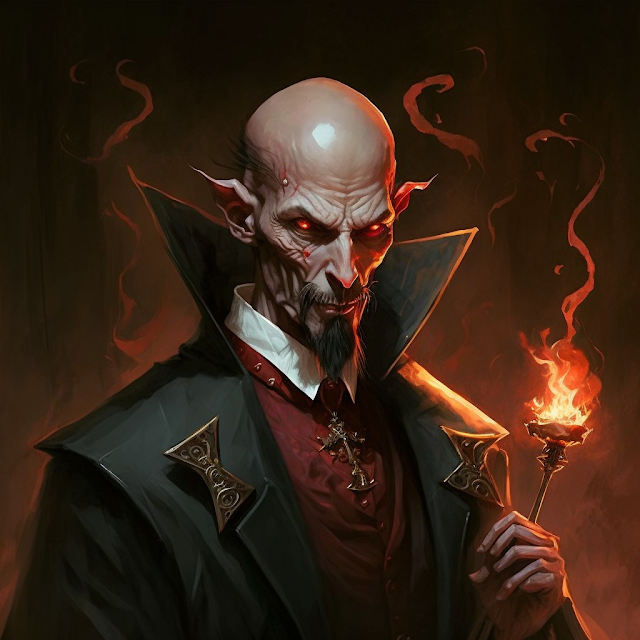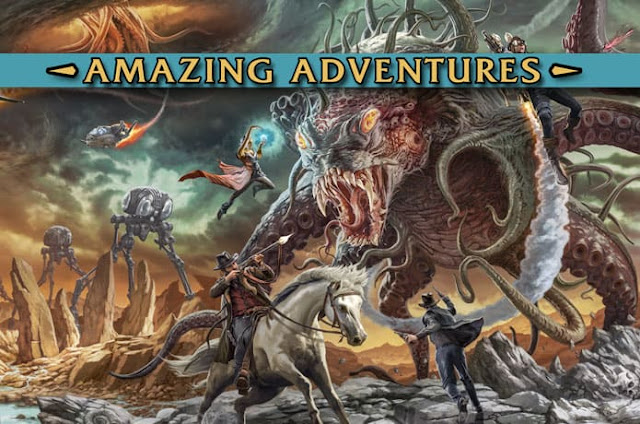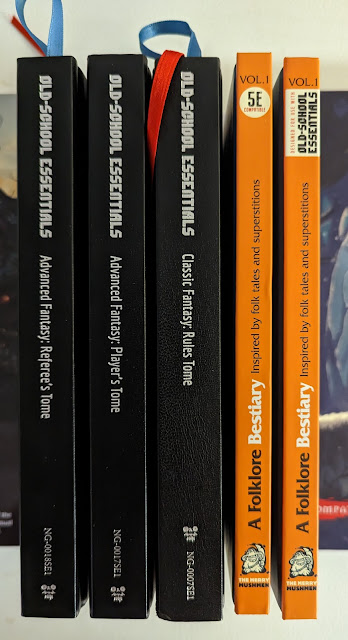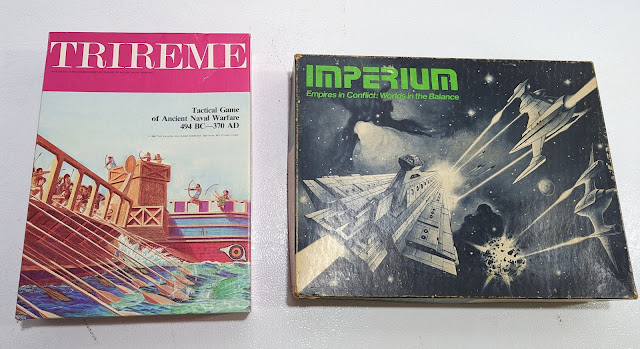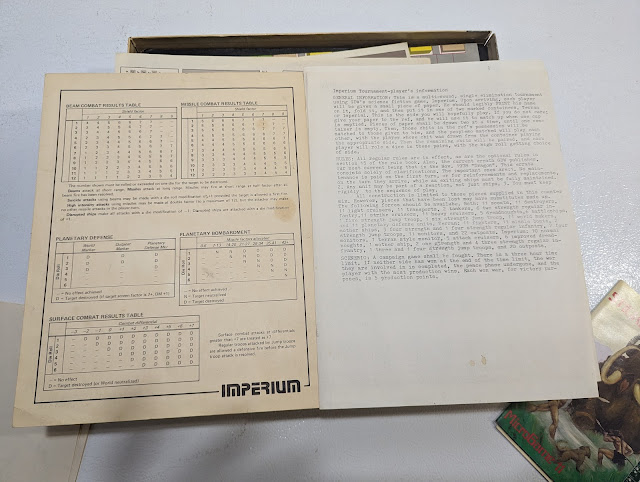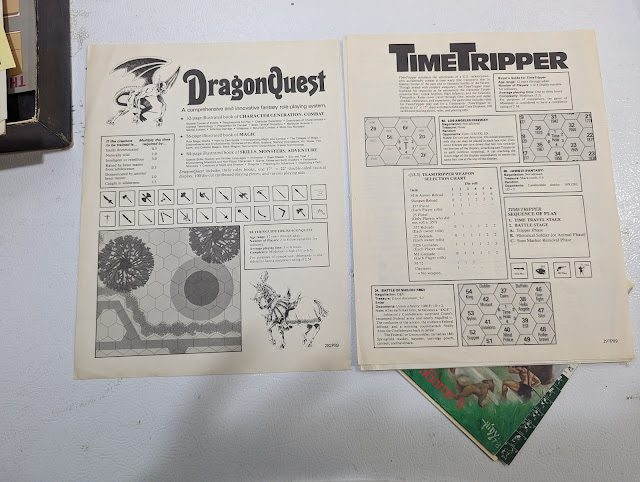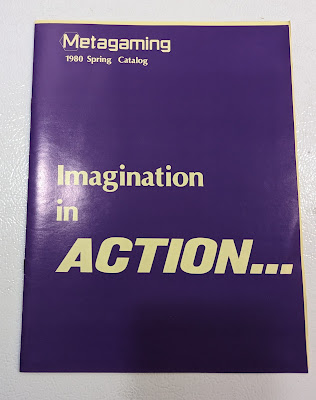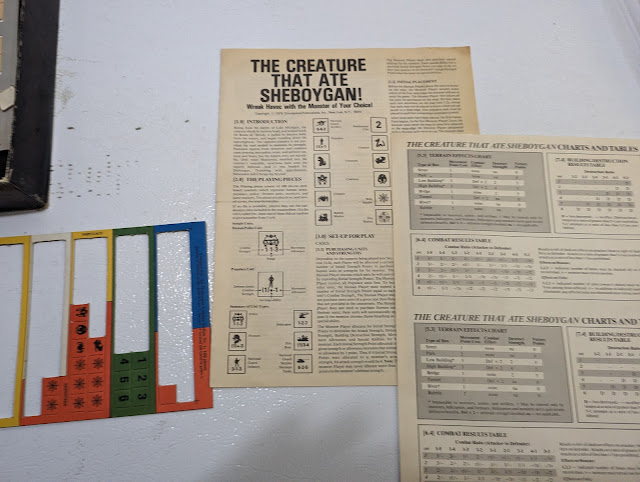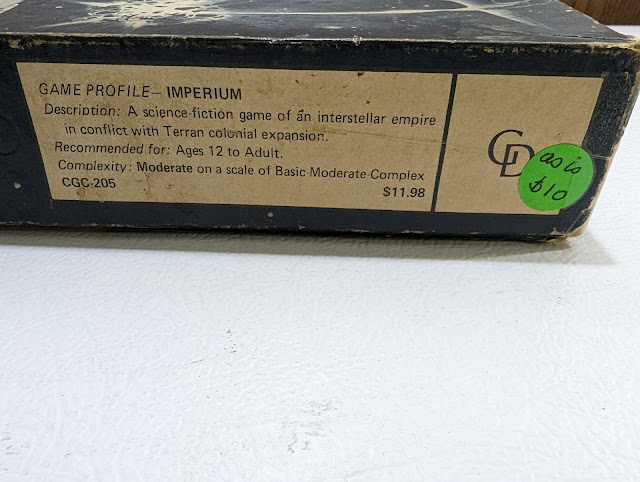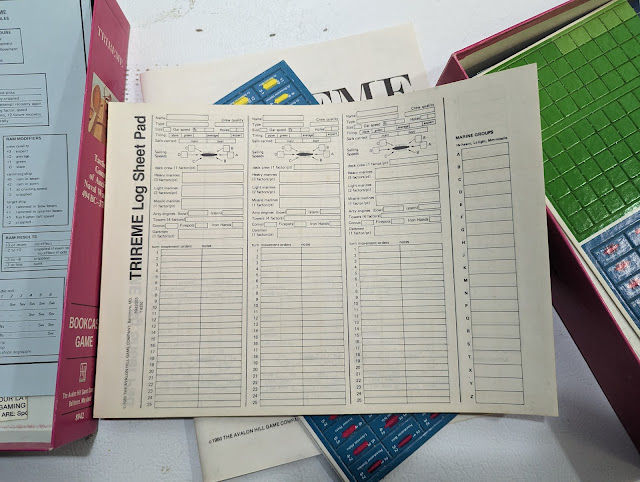Spy-Fi Action
 It starts with a briefing on the move, before dropping off in the city. An agent is missing, but believed to have obtained information about a terrorist organisation known as SOUL, which has been conducting covert operations, including those designed to destabilise governments. The agent, Silver, has the information stored in a cranial data implant, and it can only be accessed by Ness, a hacker working with Silver. The agents’ mission is to locate and extract both Silver and Ness, but if something has happened to Silver, to extract the data with Ness’ help and ensure that it does not fall into the wrong hands. It is highly likely that SOUL agents will want to recover the data and will stop at nothing to ensure their success. The agents should expect determined opposition. Lastly, this is a covert operation. Under no circumstances should local law enforcement or intelligence agencies become aware of the mission or involved.
It starts with a briefing on the move, before dropping off in the city. An agent is missing, but believed to have obtained information about a terrorist organisation known as SOUL, which has been conducting covert operations, including those designed to destabilise governments. The agent, Silver, has the information stored in a cranial data implant, and it can only be accessed by Ness, a hacker working with Silver. The agents’ mission is to locate and extract both Silver and Ness, but if something has happened to Silver, to extract the data with Ness’ help and ensure that it does not fall into the wrong hands. It is highly likely that SOUL agents will want to recover the data and will stop at nothing to ensure their success. The agents should expect determined opposition. Lastly, this is a covert operation. Under no circumstances should local law enforcement or intelligence agencies become aware of the mission or involved. This is the set-up for The Spy Game: Mission Booklet 1 – Deadly Data, a mission or short scenario for The Spy Game: A Roleplaying Game of Action & Espionage. Published by Black Cat Gaming, this is the roleplaying game of cinematic Spy-Fi action set in the immediate future chases, subterfuge, high-tech equipment, and more, using the mechanics of Dungeons & Dragons, Fifth Edition, but eschewing some of the social attitudes and mores of the genre. The Spy Game: Mission Booklet 1 – Deadly Data comes with everything that the Game Master needs to run the scenario—plot, NPCs, floor plans, details of the equipment the Player Character agents will be issued with, staging advice, and suggestions as what happens the SOUL agents succeed at certain points rather than the Player Characters.
The Spy Game: Mission Booklet 1 – Deadly Data is easy to add to a campaign. In fact, it is designed as a ‘mission-between-mission’ scenario, one that can be easily slotted between other scenarios. If the Game Master wants to take a more en media res approach, it could even be used as a campaign starter, with the Player Characters hastily assembled and sent on their first mission together. However, designed for Player Characters of Fourth and Fifth Levels, it best works as an addition to a campaign. In terms of character types, Classes from The Spy Game such as Face, Hacker, Infiltrator, Martial Artist, and Technician will probably have moments to shine in the scenario, but a Hacker is definitely needed, as is a Player Character who can drive.
Other than the plot, much of the scenario is flexible and can easily be replaced with details from the Game Master’s own campaign. The agency that the Player Characters work for is never named, and neither is the city where the action takes place, although it does have to be coastal city, ideally with port facilities. The feel of the scenario is very American, but again, that can also be changed. That said, if set in the USA, cities like Miami, Los Angeles, or San Francisco, are all good choices. Although SOUL is named as the villainous agency of the piece, it too is never defined, and the Game Master is free to substitute whichever enemy organisation she wants from her campaign, or even add SOUL to her campaign.
The Spy Game: Mission Booklet 1 – Deadly Data is divided into three acts. In the first, the Player Characters will begin their investigation and attempt to find Ness before the SOUL agents do. Whether or not they are able to find Ness initially, in the second act, they succeed in tracking both Silver and Ness to a city hospital. Confrontations with SOUL agents—preferably ones in which the police will not be alerted—are likely in both situations. In the third act, everything comes to a climax as either the SOUL agents attempt to escape the city with both Ness and Silver in their possession, chased by the Player Characters, or the Player Characters attempt to escape the city with both Ness and Silver in their possession, chased by the SOUL agents. This brings the scenario to an exciting climax and gives the Game Master the perfect reason to bring out the chase rules for The Spy Game.
In addition to the scenario, The Spy Game: Mission Booklet 1 – Deadly Data includes elements that the Game Master can reuse in her won campaign. They include equipment like the Remote Control SUV and Smart Watches, and stats for the SOUL Agents, and more. It is disappointing that the SOUL Agents are rather soulless and lack personalities.
Physically, The Spy Game: Mission Booklet 1 – Deadly Data is clean and tidy, and easy to read. Bar the front cover, it is not illustrated, but the scenario is short and boxes of supplementary text do break up the main text. The scenario comes with two sets of floorplans, both excellent, although why the smaller set is presented on a page of its own, whereas the smaller one is not, remains a mystery. The other issue with the scenario is that it is printed without a card cover, so although printed on good paper, it is not as sturdy as it could be.
The Spy Game: Mission Booklet 1 – Deadly Data is short, but not short on detail. It needs careful preparation, but once done, is easily dropped into a Game Master’s The Spy Game campaign, ready to provide a session or two’s worth exciting Spy-Fi action.


